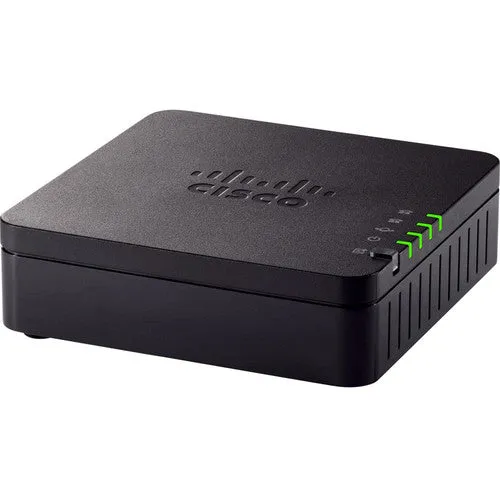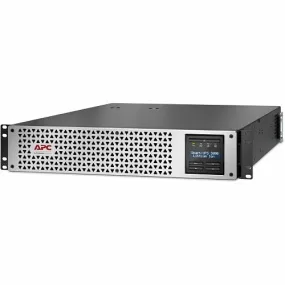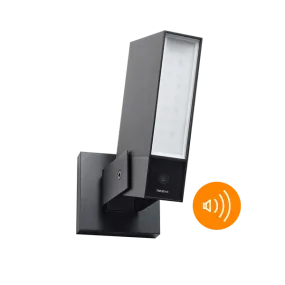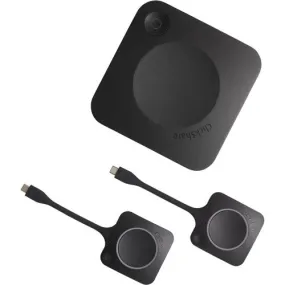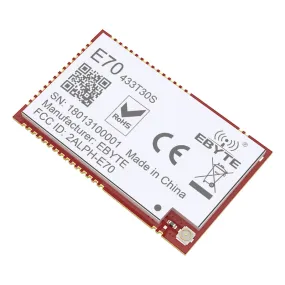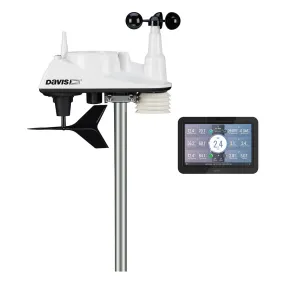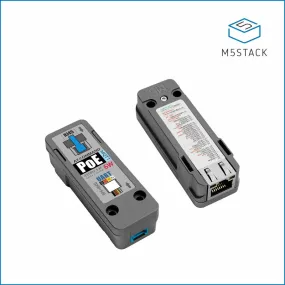Extend the investment of your analog communications equipment with this ATA 191 2-Port RJ11-to-Ethernet Multiplatform Analog Telephone Adapter from Cisco. This device features two RJ11 and a single RJ45 port, giving you the ability to connect legacy analog equipment to take advantage of IP telephony applications. It's designed to work with third-party call-control systems, and is not compatible with Cisco call-control systems.
The two RJ11 FXS ports can be configured independently as two SIP (Session Initiation Protocol) registrations, and offers a variety of features to both enhance voice quality and network compatibility. Built-in audio pre-processing is engineered to offer clear and natural conversations with echo cancellation, voice activity detection, and comfort noise generation. It also enables IPv6 dual stack for migration to more advanced IPv6 protocol networks.
Password-protected system reset to factory default
Password-protected administrator and user access authority
Provisioning, configuration, and authentication
HTTPS with factory-installed client certificate
Advanced Encryption Standard (AES) encryption
SIP over Transport Layer Security (TLS1.1 and TLS1.2)
Secure (encrypted) calling using Secure RTP (sRTP)
Encrypted configuration files
Image authentication
Secure boot
Secure Shell (SSH)
IPv4 only
IPv6 only
IPv4/IPv6 dual stack
Session Initiation Protocol (SIP)
Transmission Control Protocol (TCP)
User Datagram Protocol (UDP)
Real Time Protocol (RTP)
Real Time Control Protocol (RTCP)
HTTP
HTTPS
Trivial File Transfer Protocol (TFTP)
Address Resolution Protocol (ARP)
DNS A/AAAA and SRV records
Dynamic Host Configuration Protocol (DHCP) client
Internet Control Message Protocol (ICMP)
Simple Network Time Protocol (SNTP)
Cisco Discovery Protocol
Link Layer Discovery Protocol (LLDP)
Point-to-Point Protocol over Ethernet (PPPoE)
Differentiated Services (DiffServ), Type of Service (ToS)
Call forwarding: No answer, busy, and all
Call hold and resume
Caller ID blocking
Caller ID generation (name and number): Bellcore, BT, and European Telecommunications Standards Institute (ETSI)
Caller ID with name and number
Call pickup and group pickup
Call transfer, call return, and call back on busy
Call waiting
Configurable ring frequency
Configurable tones and cadences
Disconnect tone
Distinctive ringing: Calling and called number
Do not disturb
Forced Authorization Code (FAC)/Client Matter Code (CMC)
Flash hook timer
Hook flash event signaling
Hotline and warm line calling
Message Waiting Indicator (MWI) tones
Music on hold
Off-hook warning tone
Polarity control
Redial
Selective and anonymous call rejection
SIP redundancy
Speed dial
Streaming audio server: Up to 4 sessions
Three-way conference calling with local mixing
Tip and ring voltage adjustment setting
Visual Messaging Waiting Indicator (VMWI) using Frequency Shift Keying (FSK)
Network Address Translation (NAT)
Session Traversal Utilities for NAT (STUN)
Codec name assignment
Full-duplex audio
Echo cancellation
Voice activity detection
Silence suppression
Configurable silence threshold
Comfort noise generation
Adaptive jitter buffer
Frame loss concealment
Adjustable audio frames per packet
Call progress tone generation
Impedance and gain adjustment
Dynamic audio payload
Fax pass-through via G.711 (Group 3)
Fax tone detection and pass-through
Automatic negotiation on transmission rate
Web-based administration
Interactive Voice Response (IVR)
Automated provisioning and upgrading via HTTP, HTTPS, and TFTP
TR-069
SSH access
Simple Network Management Protocol (SNMPv3)
Report generation and event logging
Dedicated PRT button
Support for RTP statistics
Syslog (multilevel granularity)
Ping and trace route diagnostics
Configuration management: Backup and restore
Dual image




